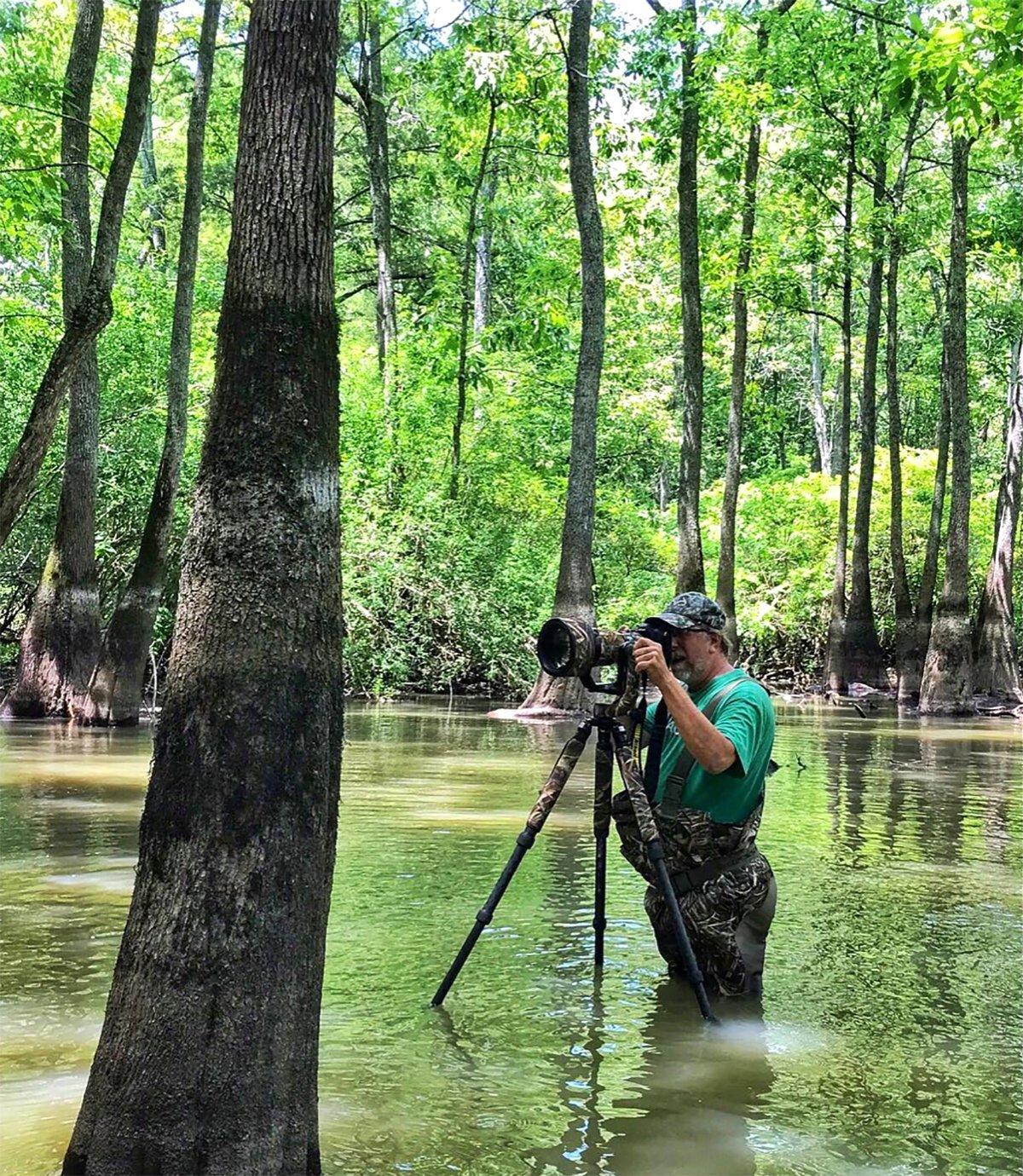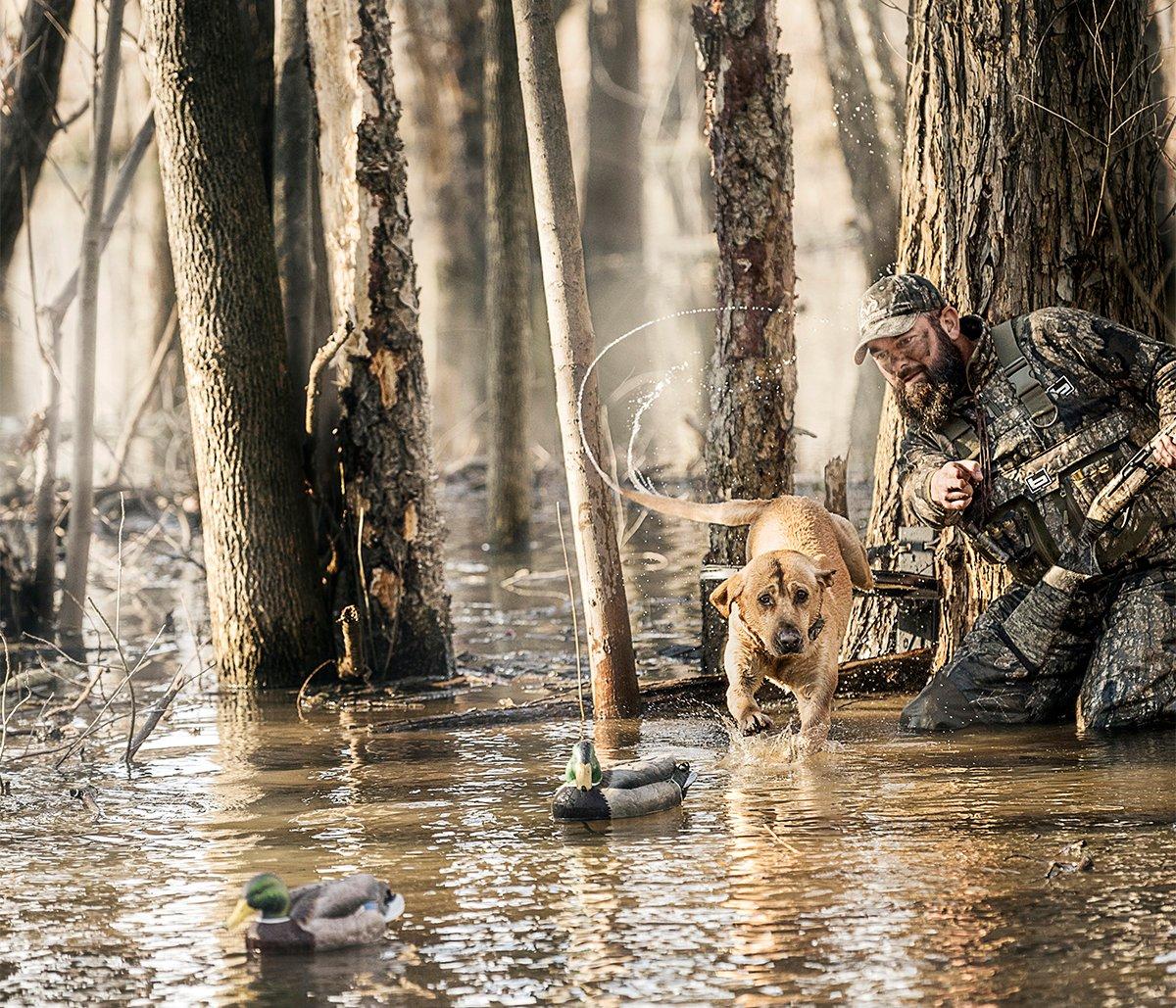There's more than one kind of shooting you can do in a blind. Use your phone to capture lasting memories of the hunt
Waterfowl hunting seems tailor-made for photography opportunities, with its stunning settings, vibrant birds and expressive retrievers.
So why do our photo albums and social media accounts become endless strings of rushed, poorly composed images displaying piles of wet birds in a pickup bed, sometimes surrounded by leering goofballs who didn't even discard their dips?
Don't fall into that trap this season. Learn to take better duck hunting pictures. Unsure how to do it? Take some tips from Bill Konway, a longtime professional outdoors photographer and Realtree's shutter-snapping guru.
“I think the key to it is not just going, ‘Hey, that would make a cool picture,' but then truly taking the picture,” he said. “Instead of blowing it off and not doing it, if you see something, shoot the picture.”
That doesn't require duck hunters to lug expensive camera gear to the blind. Nowadays, most cellphones can take publication-quality images.
“The cameras are super intelligent,” Konway said. “There's more computing power in an iPhone today than there was in all the computers NASA had when they sent a guy to the moon. The phone knows how to do it better than you or me. The trick is pulling it out of your pocket and using it — making that effort to take photographs.”
Konway said hunters should take multiple images from several angles, which greatly increases the chance of capturing a special photograph. If needed, you can edit the picture later. Konway uses the free Snapseed app, which lets you crop, adjust and otherwise tweak photos.
“Shoot lots of pictures, not just one,” he said. “Different angles can be cool. Hold the phone down by the floor or up top. Get dogs running through the water, running out to get a duck or running with a duck. Just try to catch the action. Multiple pictures give you a better chance of getting one with peak action and focus. Shoot a bunch, pull out the ones you like later and then delete the others.”
Hunters can also take images of tiny details, such as iridescence on feathers, the curls on a mallard's rump or empty hulls on the floor of a blind. Those secondary photos help to tell the story of a hunt. Low-light shots can also be appealing, but those involve slow shutter speeds, so Konway suggested using a rest to steady the camera and reduce shakiness.
“Just brace the cameras on something if you can, whether on the edge of the blind or boat, or just something to give it some stability,” he said. “Even if it's your two elbows on a table and the phone on your forehead, that gives it three-way stability.”
After snapping photos during a few hunts, share the images with buddies. Konway said that helps them relive the hunt and can also lead to an unexpected perk.
“They say, ‘Hey, this guy can take pictures,' and then you get out of putting out and picking up the decoys,” he said jokingly.
Above all, don't be afraid to take time to snap photos and try new ideas. That experimentation can lead to lasting memories.
“You just kind of have to commit to it,” Konway said. “You might miss a chance at a flock of ducks coming in that you won't get to shoot at, but you might get some great pictures instead.”
(Buy alert: Realtree Max-5 Camo Short Sleeve Performance Shirt)
Click here for more Realtree waterfowl hunting content. And check us out on Facebook.








